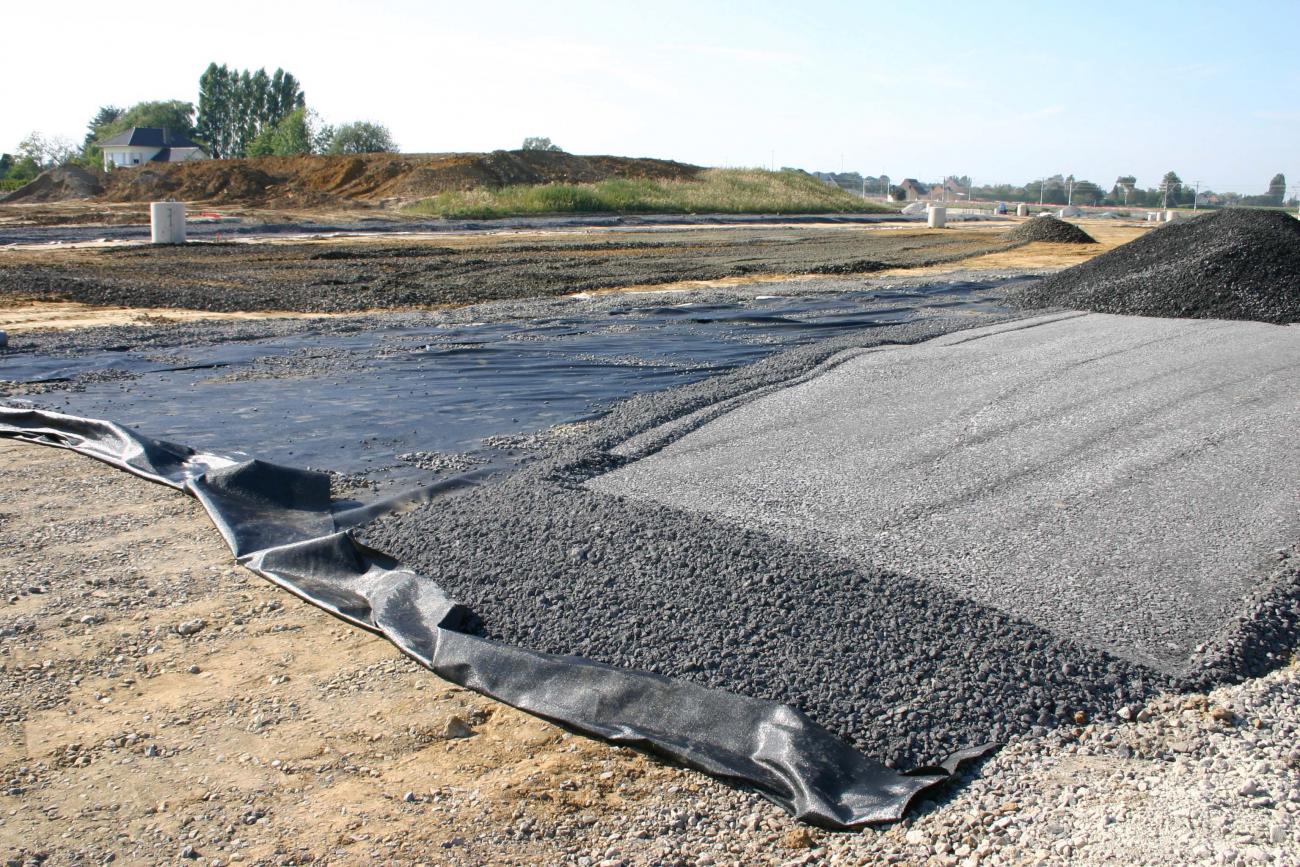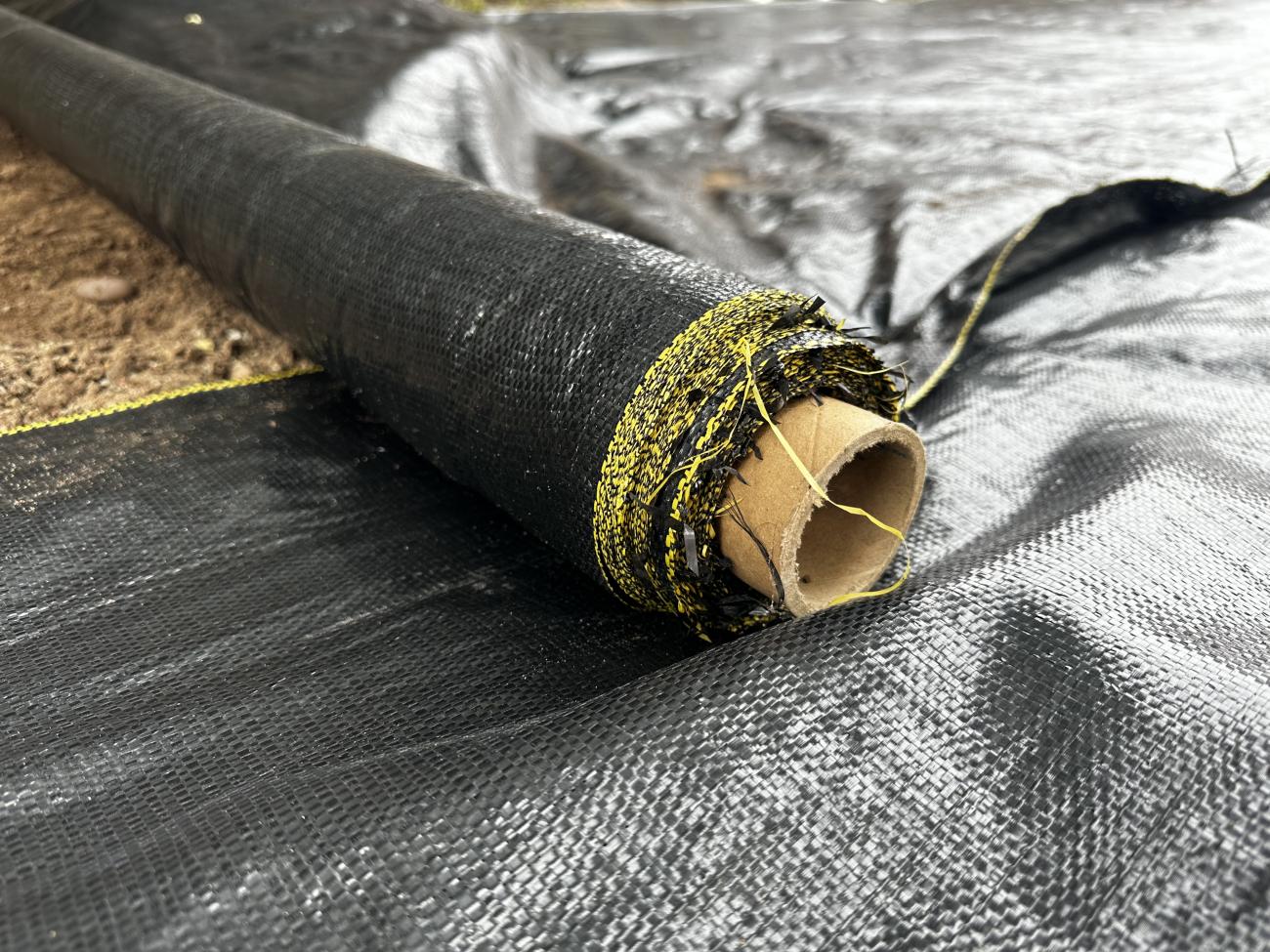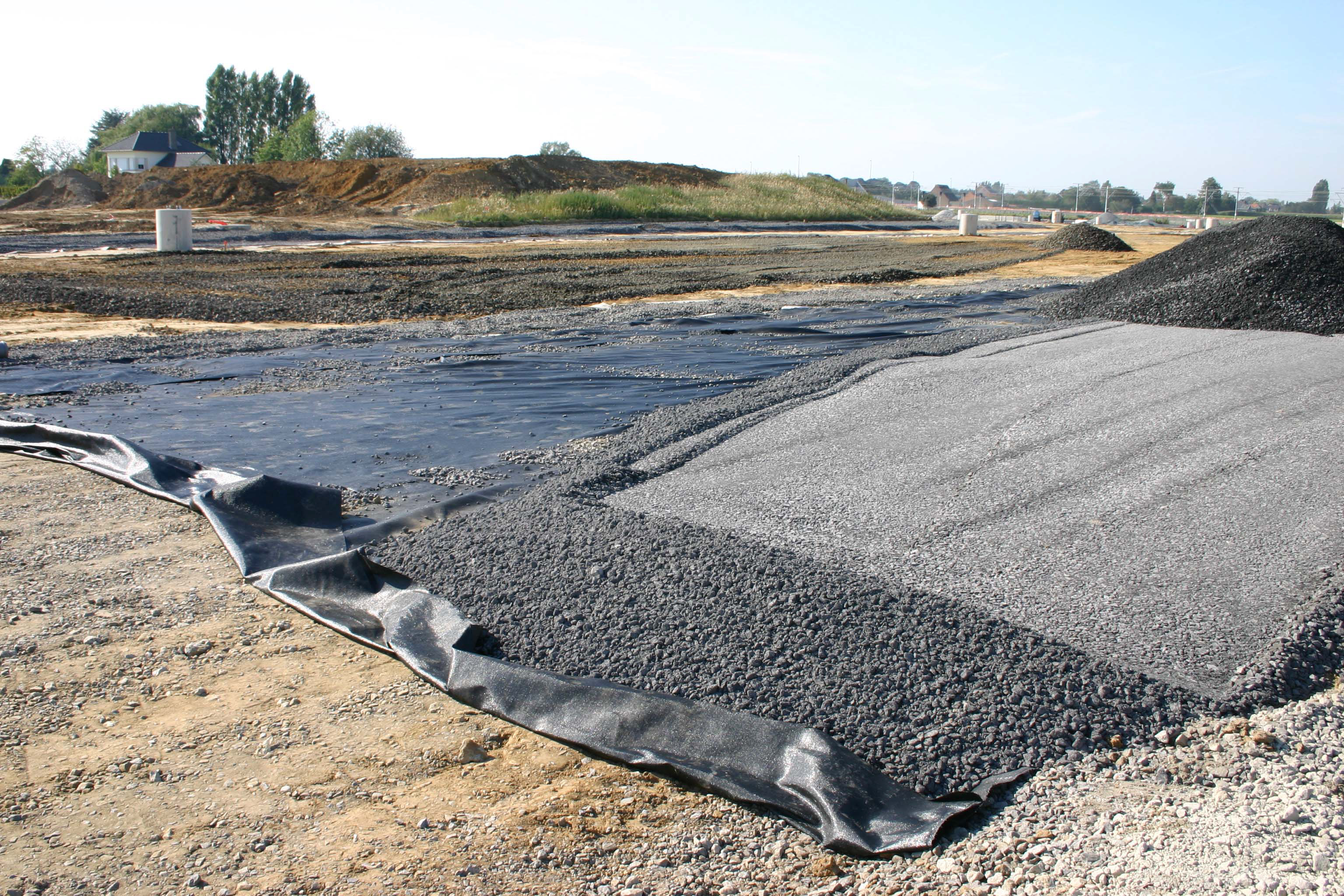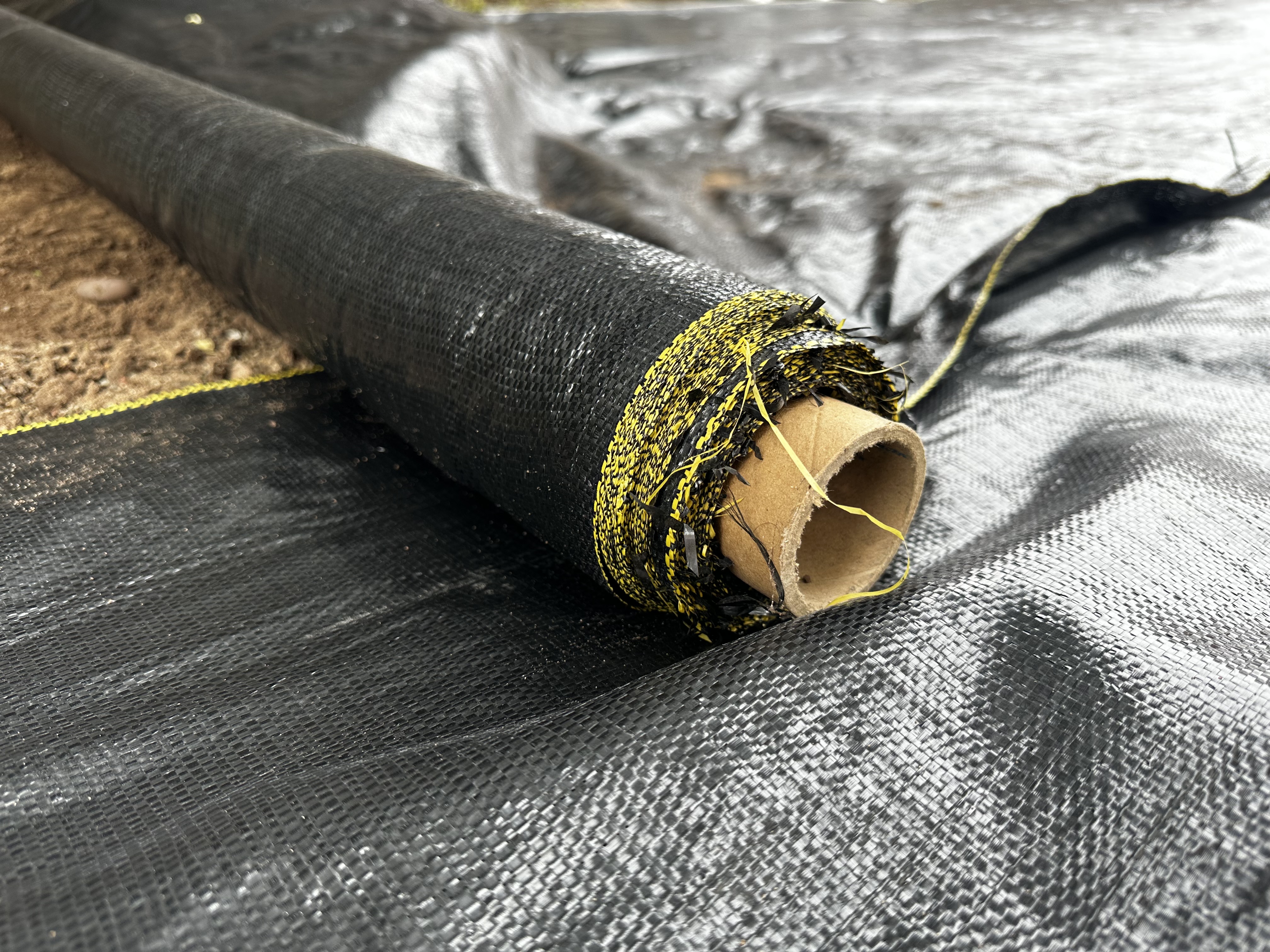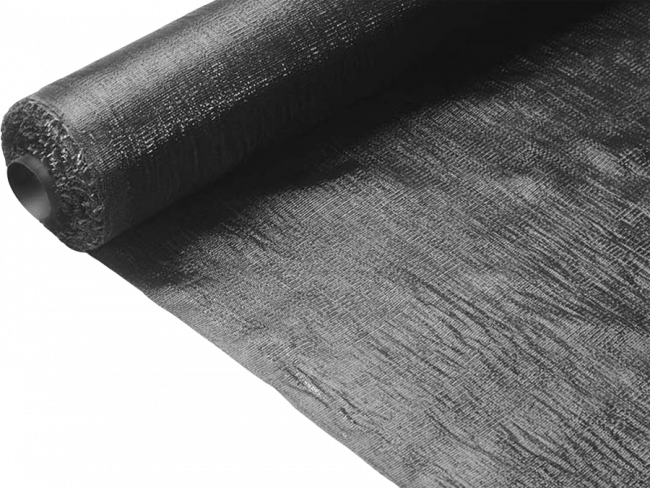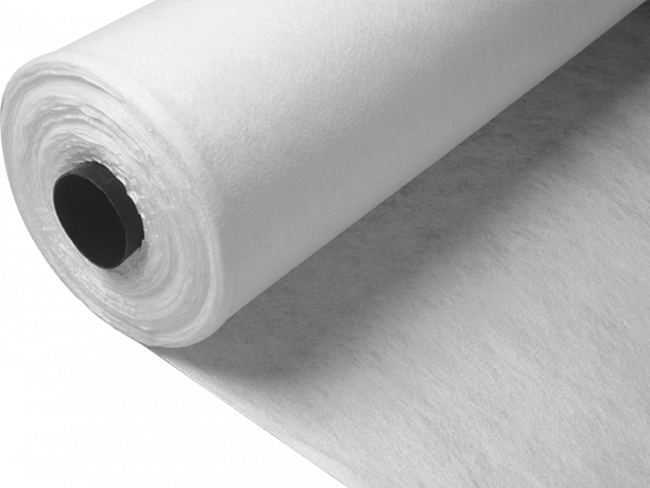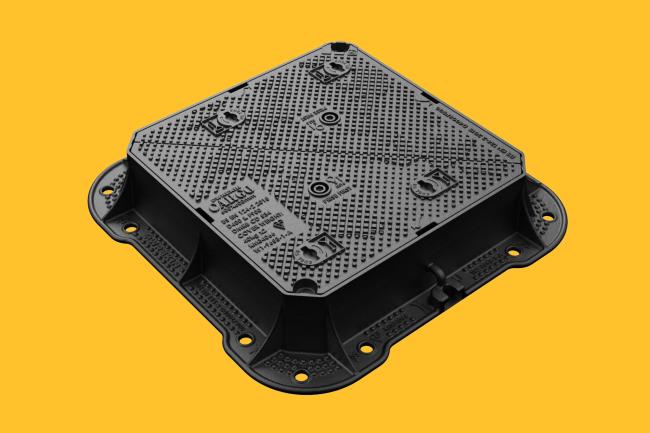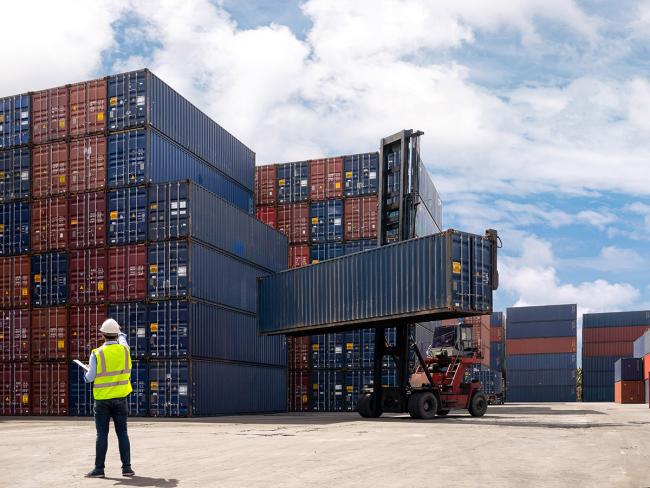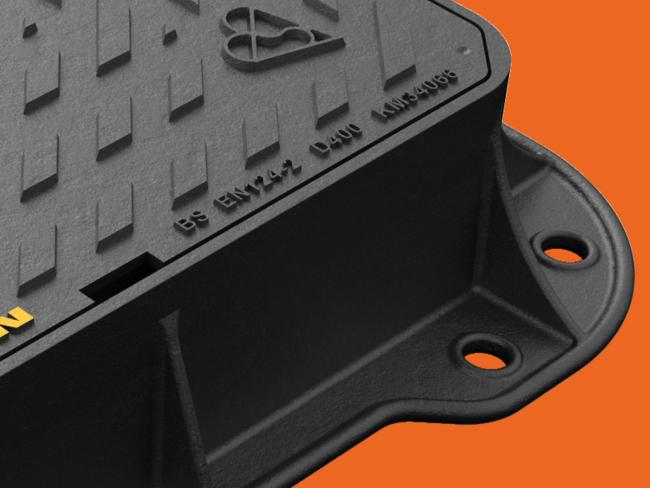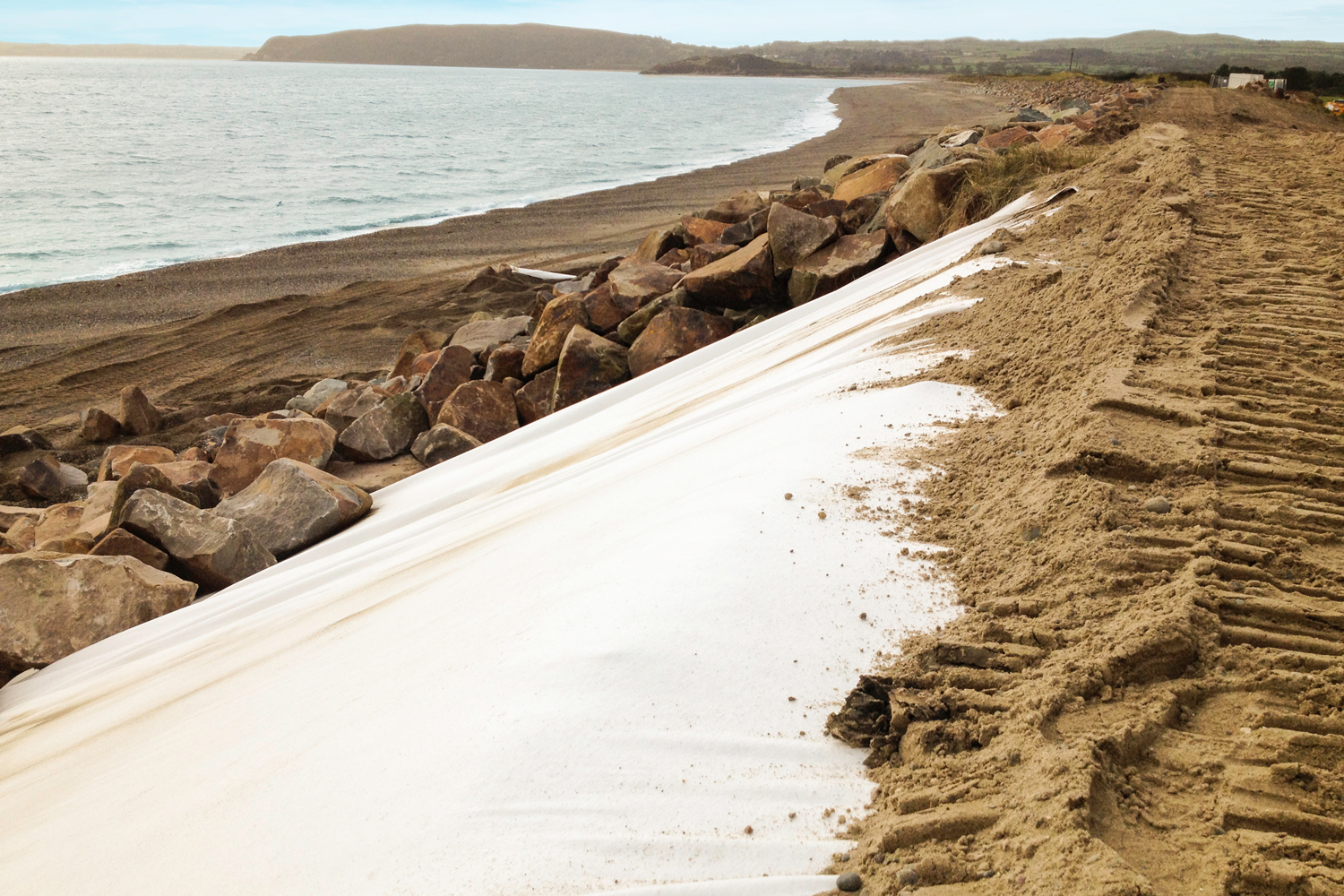
Blog
Woven vs. Nonwoven geotextiles
22 June 2023
Geotextiles play an important role in an array of construction projects, from the creation of access roads to providing the all-important layers under new building foundations. But specifiers and merchants alike can be confused over which is the best choice - woven or nonwoven? Our geosynthetics team takes a look at the options.
Ensuring the right geotextile solution is chosen to reinforce the ground, separate aggregates or provide drainage and filtration is an essential part of a project’s long-term safety and success. Geotextile fabrics work wonders for a huge range of purposes - and there is much debate about the merits and potential drawbacks of the woven and nonwoven varieties. It’s important that customers can make a fully informed decision on what suits their needs, budget and timescales. Here’s our guide to these extremely versatile products. What are the benefits of woven geotextiles?Few people realise that the woven version will achieve separation in the same way that a nonwoven geotextile can, but in a more cost-effective way - Almost half the price. It is also incredibly strong, potentially more so than a nonwoven option. Most commonly used for soil separation and the reinforcement of aggregate layers, woven geotextiles provide important sub-structure support. They are a popular choice to use as a separating layer under roads, car parks, industrial areas and underneath stone foundations for new buildings, as well as access roads and hardstanding areas. As a reinforcement, the fabric can resist stress, reduce deformations and is a highly effective method of separating and preventing the intermixing of soil and granular fill materials. It is ideal for soil slopes and can create a barrier that absorbs energy to reduce ground erosion. Our market-leading brand of woven fabrics, FasTrack, is made with a range of different strengths. The standard grade (SG) is aimed at providing long-term performance and is available in strengths of up to 80 kN/m and CBR puncture strengths ranging from 1,500N to 9,000N. If a customer simply wants to achieve separation, then FasTrack can meet this requirement at a lower price. Top blogsWhy choose nonwoven geotextiles?These impressively robust geotextiles are highly puncture resistant and their permeability and impressive hydraulic properties make them the ideal choice for applications requiring separation and filtration or protection, such as in soakways (NW), coastal defences (SNW) and membrane protection (SNW). Our selection of MultiTrack geotextiles - available in nonwoven (NW) and superior nonwoven (SNW) fabrics - have proved to be a speedy option to tackle critical separation functions in a wide range of groundworks applications. The range has been carefully developed to provide engineers with a comprehensive choice of strengths, as well as mechanical and hydraulic properties to meet most on-site requirements. In addition, they are manufactured by needle-punching (NW is also thermally bonded) to produce a consistent and uniform product of the highest performance. MultiTrack nonwoven is available with weights from 80g/m2 up to 385g/m2 and CBR puncture strengths ranging from 1,000N to 5,400N. Our superior nonwoven MultiTrack range is available with weights from 120g/m2 up to 1,000g/m2 and CBR puncture strengths ranging from 1,400N to 11,500N. However, it should be remembered that a woven fabric may do exactly the same job but for a lesser cost, especially where a superior strength is required. Speak to the expertsWe know how important it is for customers to find the right solution to all their geosynthetic requirements - and how cost is a major factor. In most cases, woven fabrics are more durable and stronger than nonwoven fabrics. This is because woven fabrics are reinforced by thread crossing, creating a strong barrier. And while a woven geotextile will achieve separation in the same way that a nonwoven geotextile will, it can do so at a cheaper price point and potentially with higher strength. That means that specifiers can save their clients’ money, and merchants can better position their stock. Despite this, we continue to see greater sales of nonwoven geotextiles where a woven textile could have been more than sufficient. But each project can present its own challenges and what might work well for one may not be ideal for another. That’s why it is imperative that customers understand the differences and weigh up all the options, as well as seeking expert technical support and advice that will ensure the best results. Related products
Latest news and blogs |


